NAPA VALLEY, Calif. — Beneath the serene surface of Napa County’s Lake Berryessa rests a history rich with stories of ancient tribes and submerged villages. Today this scenic location serves as a hub for outdoor enthusiasts, yet it also carries the echoes of the past, from the Wappo tribe’s milling-stone culture to the submerged remains of Monticello’s homes.
The land upon which modern-day Lake Berryessa sits in Napa Valley's Vaca Mountains was once home to the Indigenous people who were called the Wappo tribe for thousands of years. Archaeologist Robert F. Heizer (1915-1979) documented evidence of three divisions of the Wappo in the Napa County area. The northern or Mishewal, the central or Mitustil and the southern Wappo or Miyahkmah. The Wappos’ neighbors to the west and northwest were the Pomo tribe, while the Coast Miwok inhabited the southwest and the Lake Miwok were located to the north.
Heizer documented Wappo neighbors to the east in Berryessa Valley as the Patwin and the Wintun, who were located in the southeast. In 1870 Stephen Powers, an amateur ethnographer and writer for the Overland Monthly Magazine, tells us that the Patwin Indians, who were a subgroup of the Wintun People, resided in what is now Napa County and Lake Berryessa environs and that the name Patwin means “person” or “the people.”
Much of Lake Berryessa's shoreline has been surveyed by archaeologists, and research published by the Journal of California and Great Basin Anthropology in a document titled “Archaeological Investigations at Lake Berryessa, California: Berryessa II” paint a picture of a complex lifestyle lived then, with camps and entire villages. However, experts concur that more studies are needed to learn the full scope of prehistory there.
Archaeological evidence points to numerous artifacts scattered about the area with some having been found in more concentrated units. The researchers found obsidian flakes in the vicinity of Berryessa's northern sector, as well as manos, mortars, pestles, pounding tools called hammers, scraping and cutting tools. Also found were grooved basalt pebbles that are thought to have been used as weights for fishing nets.
Numerous projectile points (arrowheads) were also unearthed. Metates, or milling stones used for grinding seeds, were documented. Some artifacts remain, now deep under water. As each cache of artifacts was located during surveys of the area they were flagged and documented with their locations recorded. Artifacts from what is now Lake Berryessa are housed at the Department of Anthropology, University of California, Davis (accession number 223).
D.L. True, et al.'s archaeological paper titled “Milling Stone Cultures in Northern California: Berryessa I” speaks of archaeological work that has been conducted in the Napa County region. In the paper a comparison is made with work conducted in Southern California, known as the “Milling Stone Horizon,” a study of Indigenous cultures who incorporated seeds into their diet and ground them with milling stones. The study stated that this milling practice was far more common than previously believed, reaching up into the Napa County region as archaeological evidence of the prolific amount of milling stones found here and around what is now Lake Berryessa shows.
Today, as campgrounds and other recreational sites are constructed, archaeological surveys are conducted across the parcels. It could be said that creeks and other waterways were as popular prehistorically as they are today. After all, fishing and nature's beauty across the landscape have always been appreciated.
Many of the plants in use by the inhabitants of 9,000 years ago are still in evidence all throughout the Napa Valley, including the region of Lake Berryessa. The U.S. Department of the Interior's Bureau of Reclamation brochure titled “Lake Berryessa Native Plants and Native People” discusses many of those plants, including toyon. The bright red toyon berries are a boon to birds and Indigenous people alike. The people of the past and some of those today still enjoy the berries and sometimes the leaves, prepared as a tea or stirred into porridge or cakes.
Another plant, soap root, can be seen today in many areas. The plant's bulb was an effective soap that was used as a shampoo or to temporarily stun fish in order to catch them for food. Another example is the lovely manzanita or little apple. The berries were popularly prepared by drying and then grinding for use in soup. Other parts of the plant were used medicinally.
A piece of information from the Napa County Historical Society's webpage titled “History of Berryessa Valley” from former Park Ranger Paul C. Donovan's album compiled in 1955, explains that the name “Berryessa” originated from recipients of the 36,000-acre land grant of the 1843 Mexican government. Then, brothers Sisto Berryessa and José Jesús constructed a large adobe hacienda where they raised cattle and horses nearby. Across time they found that they needed to sell off acreage to pay for rising debts, including those acquired from gambling. Sisto found it necessary to live the rest of his life in a rustic cabin on the land now known as Spanish Flat on Loop Road.
Donovan further explained that early proposals for a dam across Putah Creek to create a reservoir for Lake Berryessa were first brought up in 1906 and that it took until the 1940s for the project to initiate, with the Bureau of Reclamation setting forth a $47 million appropriation to begin the construction on Monticello Dam. The lands to be covered in reservoir waters were home to the town of Monticello and were prosperous with fruitful farmlands. Ranch homes that were held by families for generations were to be cleared and stripped of luxuriant trees. The landscape that included hills, farms, homes and bridges changed forever, flattened by colossal machinery to create Napa County's largest lake.
Essays written about the making of Lake Berryessa tell of famed American documentary photographer and photojournalist Dorothea Lange's work in the Napa Valley. You have no doubt viewed Lange's work locally in a collection at Napa Valley's Keenan Winery or when her work was shown in a past exhibit at the Napa Valley Museum Yountville. One of her most famous works, a 1936 photograph from the Depression era of Florence Owens Thompson titled “Migrant Mother,” taken in central California's Nipomo, was displayed there. You may have witnessed her work in other collections of the Oakland Museum of California, in various Museums of Modern Art across the country and more.


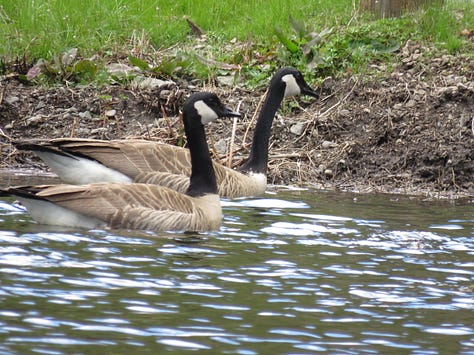


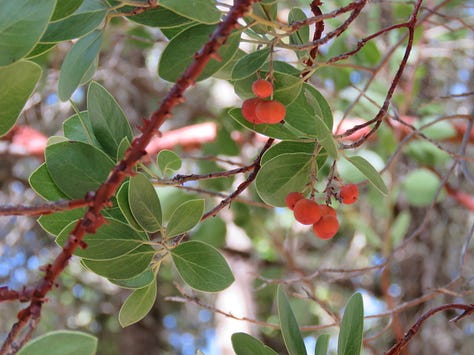
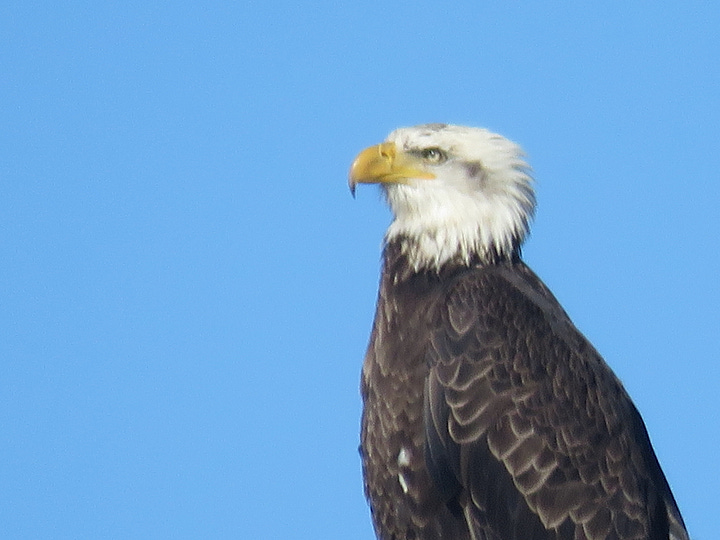
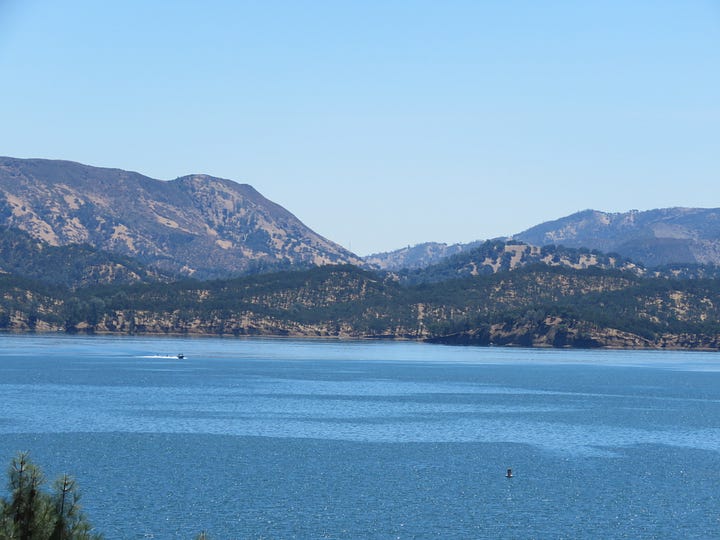
Lange also documented the land where the town of Monticello was. In her book, “Death of a Valley,” she poignantly portrayed the demise of the town of Monticello in her inimitable way in a photo essay of Lake Berryessa's dam. Lange was poised to sell photographs of the destruction of the town of Monticello to Life magazine in 1956, but the publication decided to run a piece on flooding in Texas in its place.
Her photography depicts the town of Monticello's slow demise, replete with the packing up of homes, showing wood torn from rafters for scrap, families moving from their pioneer roots and the transfer of the Monticello cemetery. The photographs give one pause to reflect upon occurrences here in the not-too-distant past with uprooting and displacement of Indigenous peoples after the land grants were patented and then when Monticello's pioneer families moved in. Unkind payback, to say the least.
Today Lake Berryessa is a thriving recreational spot popular for activities such as fishing, hiking, boating and bird-watching, along with opportunities to see wildlife such as black-tailed deer, gray squirrels, raccoons, gray foxes, striped skunks, river otters, mountain lions and more. Snakes of Berryessa include aquatic garter snakes, California kingsnake, gopher snake, ringnecks, Western yellow-bellied racers, a variety of garter snakes and Western rattlesnakes, to name but some of the many species. Avian species to be noted include golden eagles, western grebes, great blue herons, osprey, turkey vultures, Canada geese and more. Fishing aficionados at Lake Berryessa enjoy year-round fishing and come for the largemouth bass, catfish, crappie, and rainbow and brown trout along with brook trout.
The narrative that tells of the making of a place is always far more complex than what one first imagines, as the history of Lake Berryessa attests. Napa Valley history surrounds us.
For lists of Lake Berryessa's birds, wildlife, flowers and more, visit the U.S. Department of the Interior's Bureau of Reclamation's website.
If today’s story captured your interest, explore these related articles:
Kathleen Scavone, M.A., retired educator, is a potter, freelance writer and author of three books: “Anderson Marsh State Historic Park: A Walking History, Prehistory, Flora, and Fauna Tour of a California State Park,” “People of the Water” and “Native Americans of Lake County.” She loves hiking, travel, photography and putzing in the garden.
* "Rupert," is a new comic series by Kathleen Scavone, coming to our Sunday E-dition. Enjoy this clever and thoughtful work from a talented artist and writer.





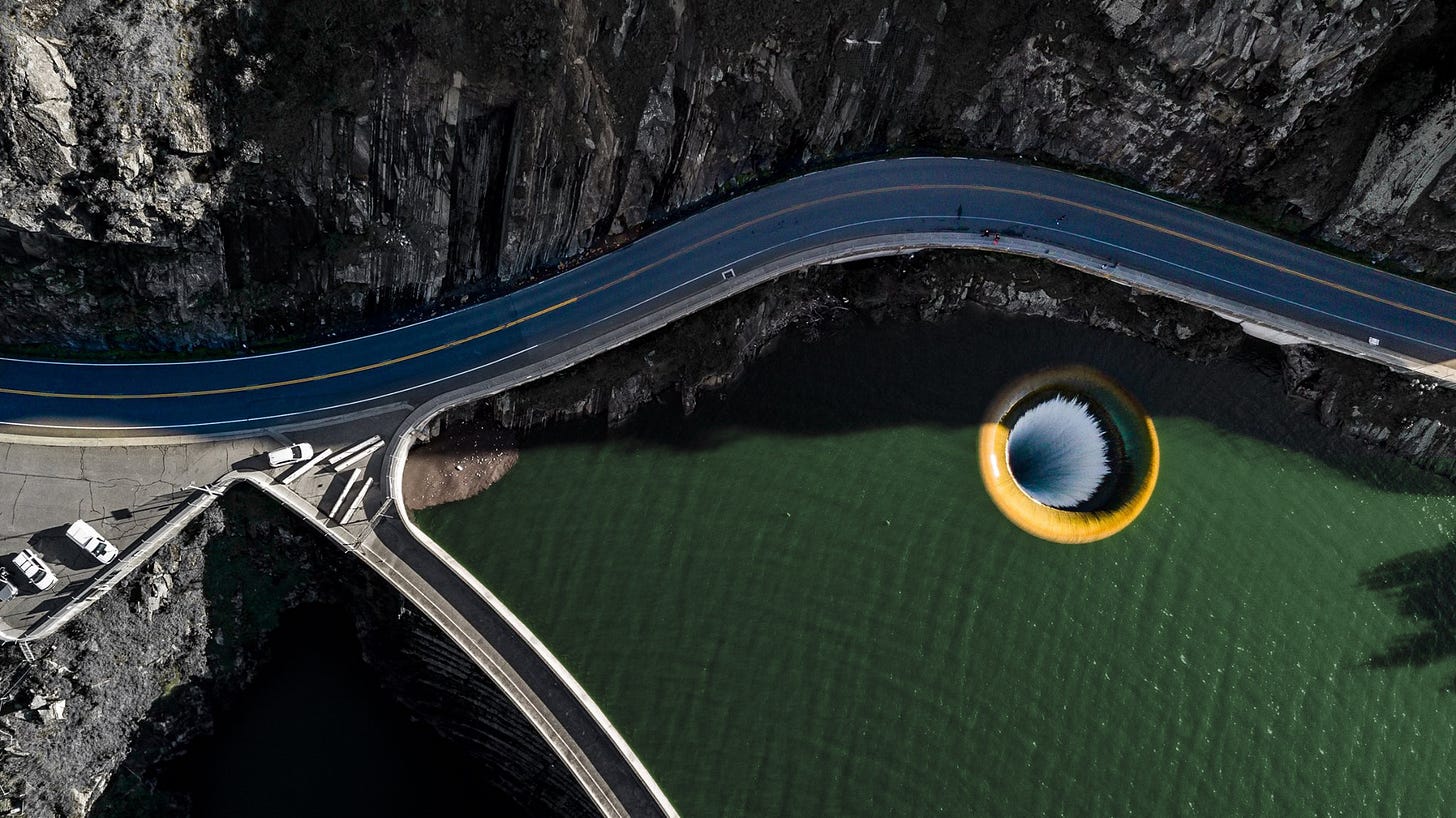

Thank you for sharing this information. I love learning more about the inhabitants of the Napa Valley before I arrived in about 1953. How I wish that we did not have a history of displacing our indigenous inhabitants. I can recall other destruction of entire towns long after Lake Berryessa. I was both fascinated and outraged that entire communities were moved in order to fill beautiful valleys with water. Understanding that there are reasons, it continues to perplexe me.
When this was being built my family lived in Davis and were planning a move to the Napa valley. One trip over my Dad took us through the area and I remember looking down from the road at what was left in the valley. It was very baren and deep. That picture has always stayed with me